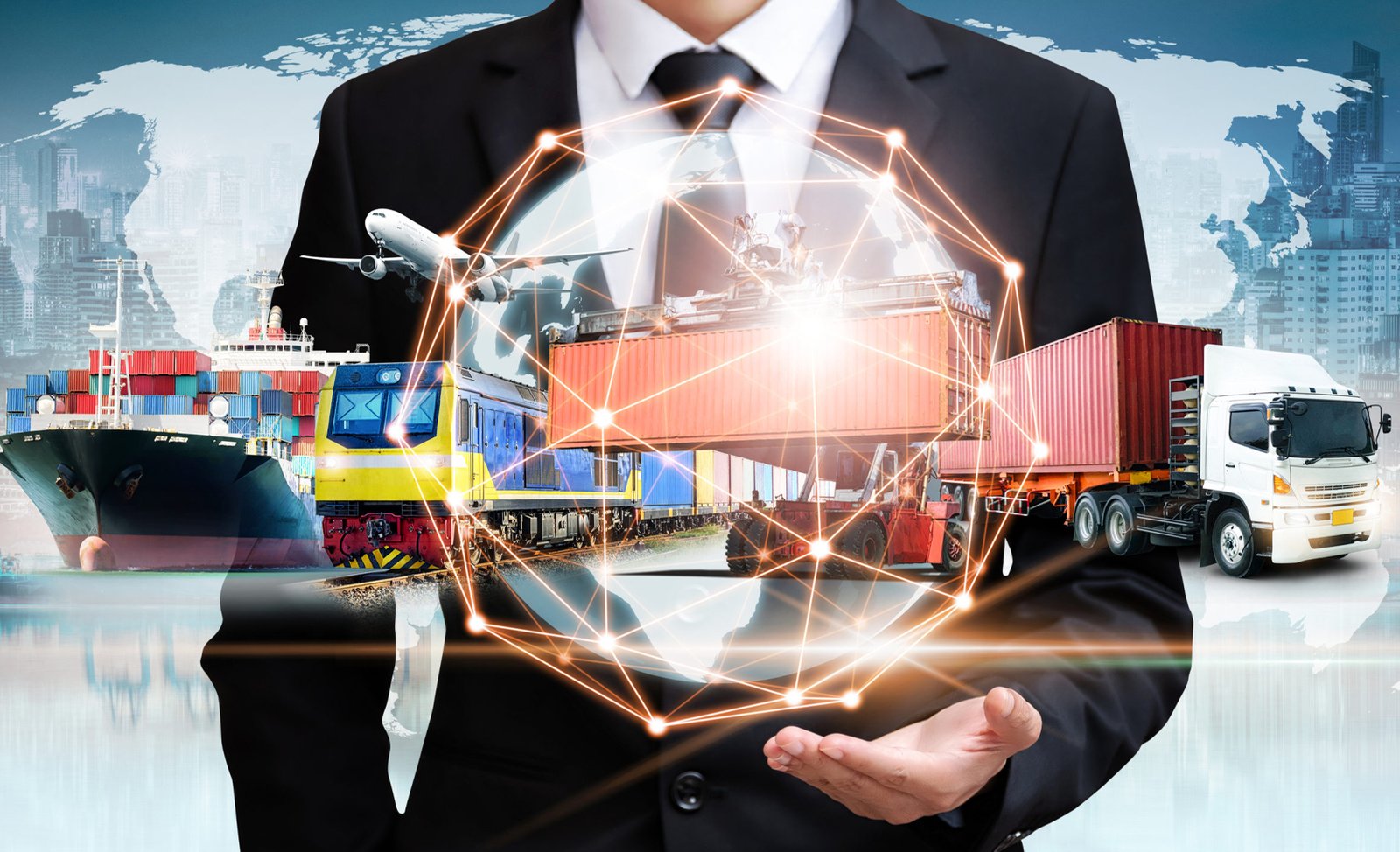
With the world economy and business growing day by day, it is essential to have effective
supply chains backing them. Let’s look at supply chain management, sort of like a
well-rehearsed play. It needs a guiding idea (a script) to make the final product (the
performance) enjoyed by the audience (consumers).
The behind-the-scenes process involves a series of actions taken by a network of actors
(suppliers, manufacturers, and distributors). They work together, each playing a crucial
role.
Here, just like in a play, supply chain management has two main acts. The forward supply
chain focuses on giving the audience, our customers, the products, and the reverse
supply chain, that seamlessly handles all that happens after the curtain closes (like
returns or product remanufacturing).
Forward supply chain involves the effective and traditional flow of products, having its trajectory from suppliers to end consumers. It starts with the procurement of raw materials and components, proceeds through the complex phases of proper manufacturing and assembly, then goes into effective inventory management, and finally moves into the seamless distribution of the completed products to their destinations, the customers.

However, reverse supply chain management is the opposite of its forward counterpart, it
deals with the actions and processes taken when goods travel from consumers to
manufacturers or suppliers. It consists of processes like product returns,
remanufacturing, recycling, and product disposal. This is all to effectively optimise
resource utilisation and appropriately minimise waste.
Knowing the difference between the forward and reverse supply chains is of great
importance, certainly in the cases of organisations looking to ensure efficiency in
operations and cultivate lasting customer relationships. The right understanding of the
two cases helps businesses navigate the demands of contemporary commerce effectively.
“Forward supply chain drives product delivery from manufacturer to consumer, while reverse supply chain manages returns, recycling, and disposal, ensuring sustainability and efficiency in both directions.”
Let’s look into forward and reverse supply chains, delving into their underlying
processes, their salient differences, and the manifold benefits they give to businesses
and consumers alike.
For a rewarding career in logistics, job focused training is a must. Get trained with
our logistics courses and be part of the fastest-growing industry, at SLBS Marklance,
Kochi, Kerala.
Mentorship from Seasoned Industry Professionals
Personalised Interview and Soft Skills Training
IELTS Training and SAP Training
Shipping Documentation and Operations
Sea Cargo and Air Cargo Training
EXIM Documentation
Customs Clearance ERP Training with Certificate
User-Friendly Learning Management System (LMS)
100% Placement Assistance
Procurement and Sourcing
Procurement is like the foundation of the forward supply chain. It’s the process of
carefully choosing and buying the raw materials and parts your company needs from many
different suppliers.
This involves checking everything closely, negotiating the best price, and working well
with the suppliers to make sure you get the best quality for the best price.
Manufacturing and Production
Manufacturing is the heart of the forward supply chain. It’s where raw materials are
carefully transformed into the finished products you see on store shelves.
This stage needs to be precise, adaptable, and innovative. Companies are always looking
for ways to make things faster and cheaper while still making high-quality products.
Inventory Management
Inventory management is like keeping the right amount of stock on hand, not too much and
not too little. It’s important to predict how much you’ll need, order more when you’re
running low, and manage your warehouses efficiently.
This helps businesses avoid stockouts (running out of something) and overstocking
(having too much of something). It’s a key part of making sure the supply chain runs
smoothly and keeps customers happy.
Distribution
Distribution is the final leg of the journey for products in the supply chain. It’s
about getting the finished goods from factories to customers. This stage needs to be
efficient, accurate, and able to handle changes in demand.
Companies need to figure out the best way to transport the products, store them in
warehouses, and fulfil orders quickly and correctly so that customers get their items on
time and are happy.
Streamlined Operations
Different parts of the company work together smoothly to get things done efficiently.
This means using resources wisely, avoiding waste, and getting more done in less time.
Ultimately, this helps businesses save money and serve their customers better.
Increased Customer Satisfaction
By getting products to customers on time and in good quality, the forward supply chain
helps build trust and keeps customers happy. This leads to stronger relationships and
more frequent repeat business for companies. When customers are happy, they’re more
likely to come back for more and recommend the business to others.
The Right Inventory Management
Keeping the right amount of stock is a balancing act for businesses. They don’t want to
run out of items (stockouts) or have too much extra stock (excess inventory). To achieve
this balance, businesses can use smart forecasting tools, flexible inventory systems,
and strong partnerships with suppliers. This helps them create a streamlined supply
chain that can adapt to changes quickly.
Supply Chain Disruptions
The world is constantly changing, characterised by volatility and uncertainty, which can
make it difficult for businesses to keep their supply chains running smoothly. These
disruptions can be a big threat to a company’s ability to stay in business.
To avoid these problems, businesses can plan ahead for risks, get supplies from
different places, and use technology to improve their supply chains. This helps them be
more prepared for unexpected changes and overcome the challenges of the global market.

Returns and Remanufacturing
The reverse supply chain deals with what happens after a customer buy something and then
returns it. This involves carefully checking the returned items (product inspection),
fixing them up if possible (refurbishment), and putting them back into use
(reintegration). This can involve sending them back to the manufacturer or selling them
again at a discount.
Recycling and Waste Management
Recycling and waste management help companies use resources wisely, throw away less
trash, and be more eco-friendly. By carefully sorting, processing, and reusing
materials, companies can save money, create new products, and reduce their impact on the
environment, making them a popular choice as an eco-friendly brand.
Warranty Recovery
Warranty recovery is a key part of the reverse supply chain. It involves getting back
and fixing products that don’t work properly under warranty. This process requires
careful record-keeping, checking the products thoroughly, and making sure everything is
done correctly to protect both the product and the customer.
How Businesses Can Go Green
Taking care of the environment is important for businesses too. By following a circular
economy and being sustainable, they can reduce waste, use fewer resources, and help
protect the planet. This creates a healthier environment for everyone, not just today
but also for future generations.
Customer Satisfaction
Nowadays, customers expect more from businesses, and they want to be treated fairly. A
well-run reverse supply chain can be a big advantage for a company. It helps build trust
and loyalty with customers by making it easy to return items, handle warranties
efficiently, and dispose of products responsibly at the end of their lives.
Flow of Goods and Materials
The forward supply chain is like a one-way street, where products go from factories to
customers. The reverse supply chain is like a loop, where products sometimes go back
from customers to factories or stores. This can happen for returns, warranties, or
recycling.
Focus on Value
The forward supply chain focuses on creating and delivering valuable products to
customers. The reverse supply chain, however, deals with getting value back from items
that are returned, broken, or no longer needed. This can involve getting money back from
selling them again, fixing them up, or recycling them.
Impact on Sustainability
Making products often requires a lot of resources and can harm the environment. This is
the forward supply chain. But the reverse supply chain is different. It focuses on being
more sustainable by reusing and recycling materials, reducing waste, and using fewer
resources overall. This helps protect the environment for the future.
Handling of Returns and Defective Products
In the normal way businesses get products to customers (the forward supply chain),
returned or broken items are seen as a problem. But in the reverse supply chain, they’re
seen as a chance to create more value. Here, these products are fixed, recycled, or used
in new ways to get the most out of them and create less waste.
The supply chain has two sides, the forward flow of getting products to customers
and the reverse flow of dealing with returns and used items. Understanding both
sides helps businesses work better, avoid problems, and get more value from their
supply chain.
By being forward-thinking, working together with others, and taking care of the
environment, businesses can build strong supply chains that are flexible,
innovative, and successful in the long run.
Krishnapuram Rd, Ponnurunni, Vyttila, Ernakulam, Kerala 682019
